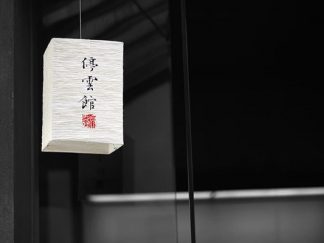Description
China’s Rare Earth and Japan: Abstract
China’s Rare Earth and Japan is a case study by Jahan Ara Peerally and Ekaterina Turkina.
The case presents the ongoing geopolitical struggle between China and Japan. The essence of the China-Japan conflict lies in the struggle over natural resources – rare earth elements (REEs) and suspected oil deposits in Senkaku Islands – and related territorial disputes concerning the sovereignty over the Senkaku Islands which are resource rich and near key international shipping routes. Even though quite a few countries in the world possess REEs, China possesses over 95 percent of the industrial production capacity for these elements, thus creating a global monopoly (Humphries, 2010). Most of the global REE supply-chain is controlled by China through the production of REEs on its territory or through the purchase of mineral rights from other parts of the world, such as Africa.
As shown in the case, this generates a situation of REE dependency for states such as Japan and the U.S., which are both very influential on the world arena, and which consequently leads to important geopolitical frictions. Moreover, China shows a tendency to constrain its exports of REEs as part of its foreign policy, or as argued by other scholars, as an attempt to meet its increasing domestic consumption geared towards the production of technological items such as cell phones, computers and military weapons. China needs REEs to sustain economic growth, stimulate job creation at home and reduce its vulnerability to fuel shortages or price shocks (Cáceres and Sophal, 2012). The shortage of REEs on the world market creates the problem of rare earth asymmetry, which affects the relationship among countries and firms at the international level.
The case depicts the subtleties of the China-Japan politico-economic relations and discusses the involvement of other important actors, such as the US and the EU, in the struggle for resources.
Teaching objectives
Students will learn about the phenomenon of geopolitics of resources and its important theories, and will conduct a thorough evaluation of the factors affecting foreign policy positions and the strategic decisions of the main actors in the case. Students are required to reflect about possible approaches to conflict resolution and options for decreasing reliance on REEs supply from China. Students will compare the China-Japan conflict with other similar geopolitical conflicts in the world.
Main themes covered
- Geopolitical struggle
- Control of natural resources
- Resource dependency
- Resource asymmetry
- Trade battles and territorial disputes
Concepts and theories related to the case
- Theoretical Insights
- Definition of geopolitics with emphasis on resources as per Evans and Newnham (1998).
- Analysis of resource dependency and asymmetry as per Morgenthau (1963), Waltz (1979) and Guzzini (1998).
- Emergence of territorial disputes due to resource asymmetry and resource dependency (Waltz, 1979; Guzzini, 1998).
- Application of the rational action model as developed by Snidal (2002).
Additional information
Teaching notes are available for professors. Contact the HEC Montreal Case Centre.







Reviews
There are no reviews yet.